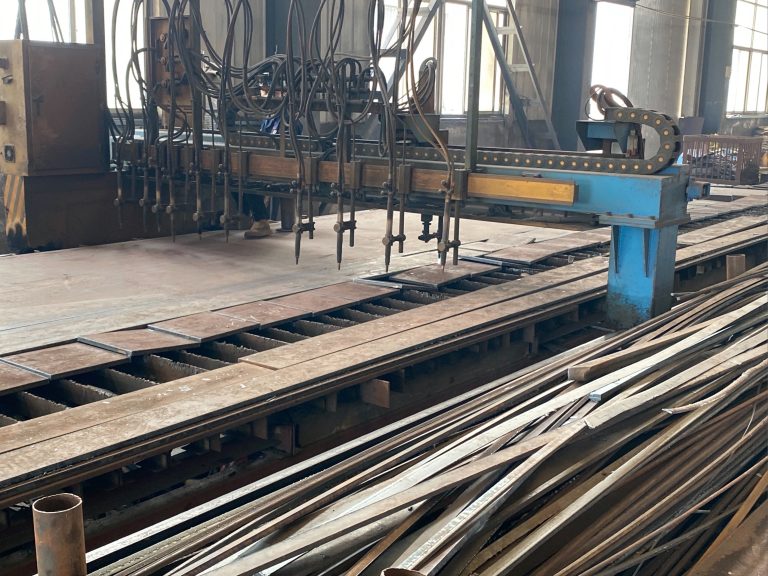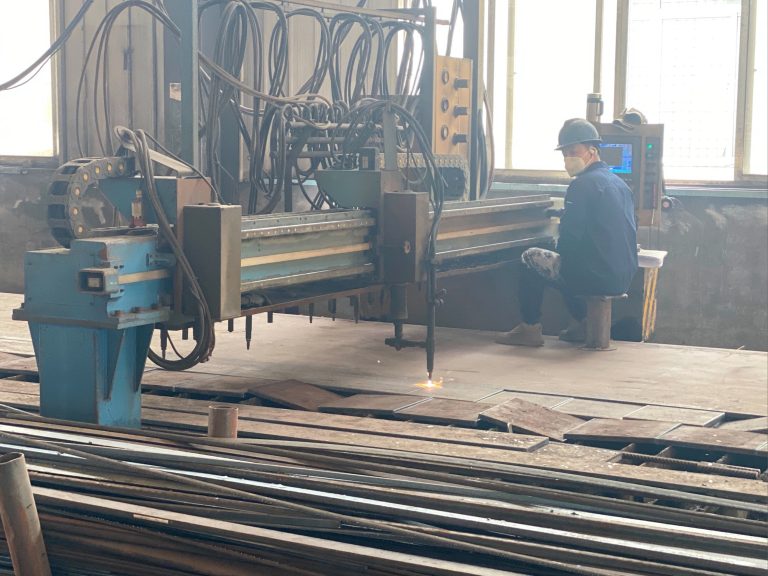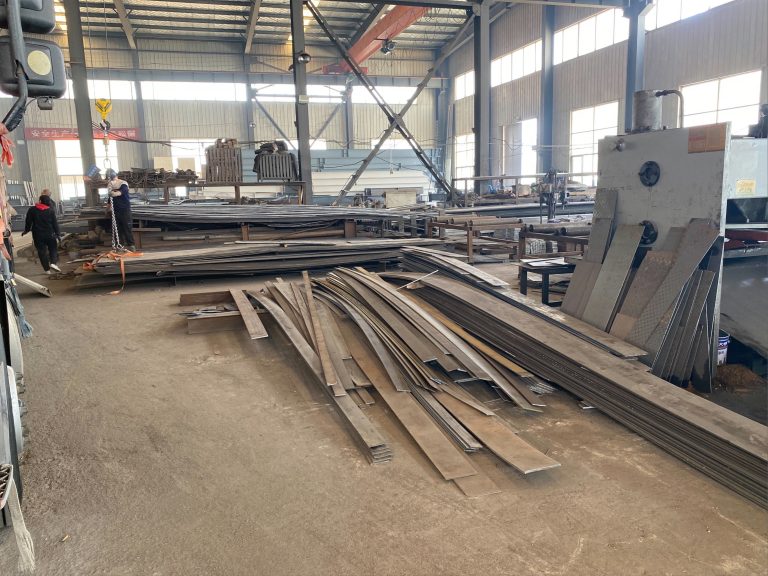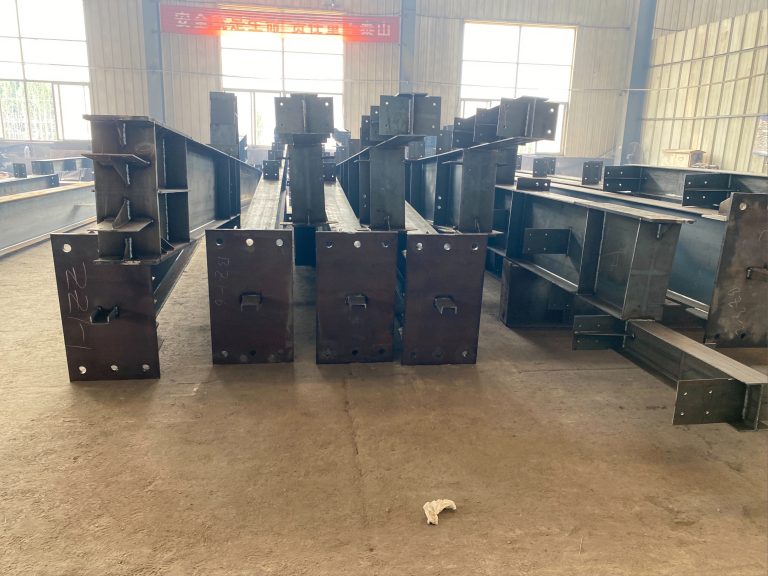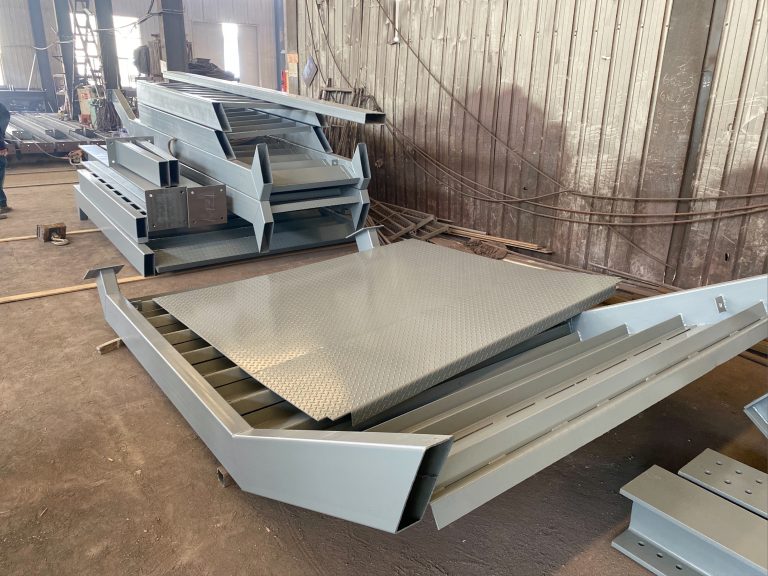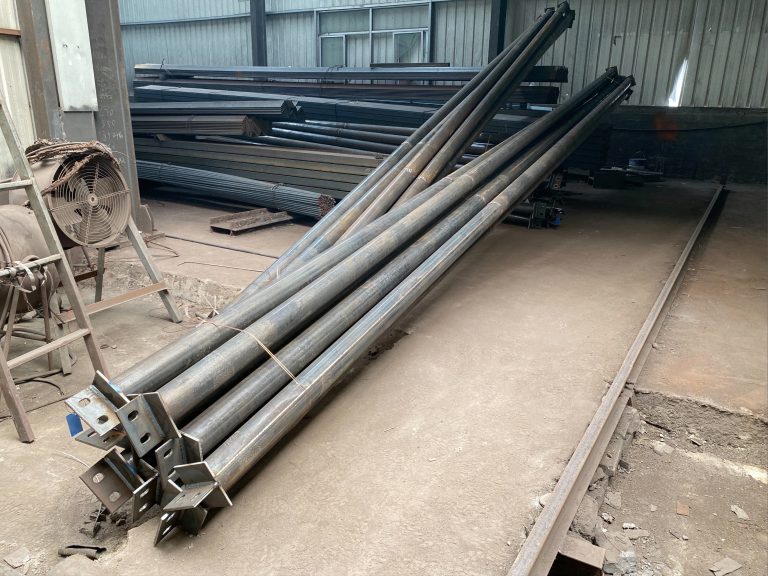Innovative application of steel structures in smart city infrastructure
Inhoudsopgave
Sustainable Steel Structures for Green Buildings in Smart Cities
Steel structures have long been a staple in the construction industry due to their strength, durability, and versatility. In recent years, there has been a growing trend towards the use of steel in the development of smart city infrastructure. This innovative application of steel structures is not only revolutionizing the way buildings are constructed but also contributing to the sustainability and efficiency of smart cities.
One of the key advantages of using steel structures in smart city infrastructure is their ability to support the development of green buildings. Steel is a highly sustainable material that can be recycled indefinitely without losing its quality. This makes it an ideal choice for environmentally conscious construction projects. By using steel structures in the construction of green buildings, smart cities can reduce their carbon footprint and promote a more sustainable way of living.
In addition to their sustainability, steel structures also offer a number of other benefits that make them well-suited for smart city infrastructure. Steel is a lightweight material that can be easily transported and assembled, making it ideal for projects that require quick and efficient construction. This can help smart cities meet the growing demand for new infrastructure while minimizing disruption to the surrounding environment.
Furthermore, steel structures are incredibly strong and durable, making them resistant to natural disasters such as earthquakes and hurricanes. This can help smart cities build more resilient infrastructure that can withstand the challenges of a changing climate. By incorporating steel structures into their construction projects, smart cities can ensure the safety and security of their residents while also reducing the long-term maintenance costs of their buildings.
Another key advantage of using steel structures in smart city infrastructure is their adaptability and flexibility. Steel can be easily shaped and molded into a wide variety of designs, allowing architects and engineers to create innovative and unique buildings that reflect the character and identity of a city. This flexibility also allows for easy modifications and expansions to existing structures, making it easier for smart cities to adapt to changing needs and requirements.
The use of steel structures in smart city infrastructure is not limited to buildings alone. Steel can also be used in the construction of bridges, tunnels, and other transportation infrastructure, helping to improve connectivity and mobility within a city. By incorporating steel structures into their transportation projects, smart cities can create a more efficient and sustainable transportation network that benefits both residents and visitors alike.
Overall, the innovative application of steel structures in smart city infrastructure is revolutionizing the way buildings are constructed and contributing to the sustainability and efficiency of modern cities. By using steel in the development of green buildings, smart cities can reduce their carbon footprint and promote a more sustainable way of living. The strength, durability, and flexibility of steel structures make them well-suited for a wide range of construction projects, from buildings to bridges to transportation infrastructure. As smart cities continue to grow and evolve, steel will undoubtedly play a key role in shaping the future of urban development.
Steel Bridges and Elevated Walkways for Efficient Urban Mobility in Smart Cities
Steel bridges and elevated walkways are becoming increasingly popular in smart city infrastructure due to their efficiency and durability. These structures provide a safe and convenient way for pedestrians and cyclists to navigate urban areas, reducing traffic congestion and promoting sustainable modes of transportation. In this article, we will explore the innovative applications of steel bridges and elevated walkways in smart cities and their impact on urban mobility.
One of the key benefits of steel bridges and elevated walkways is their ability to span long distances without the need for support columns, making them ideal for crossing rivers, highways, and other obstacles in urban environments. By elevating pedestrians and cyclists above street level, these structures help to improve safety and accessibility, while also creating a more pleasant and enjoyable experience for users.
In addition to their practical benefits, steel bridges and elevated walkways can also be designed to enhance the aesthetic appeal of a city. With advances in design and construction technology, these structures can be customized to complement the surrounding architecture and landscape, creating a cohesive and visually appealing urban environment.
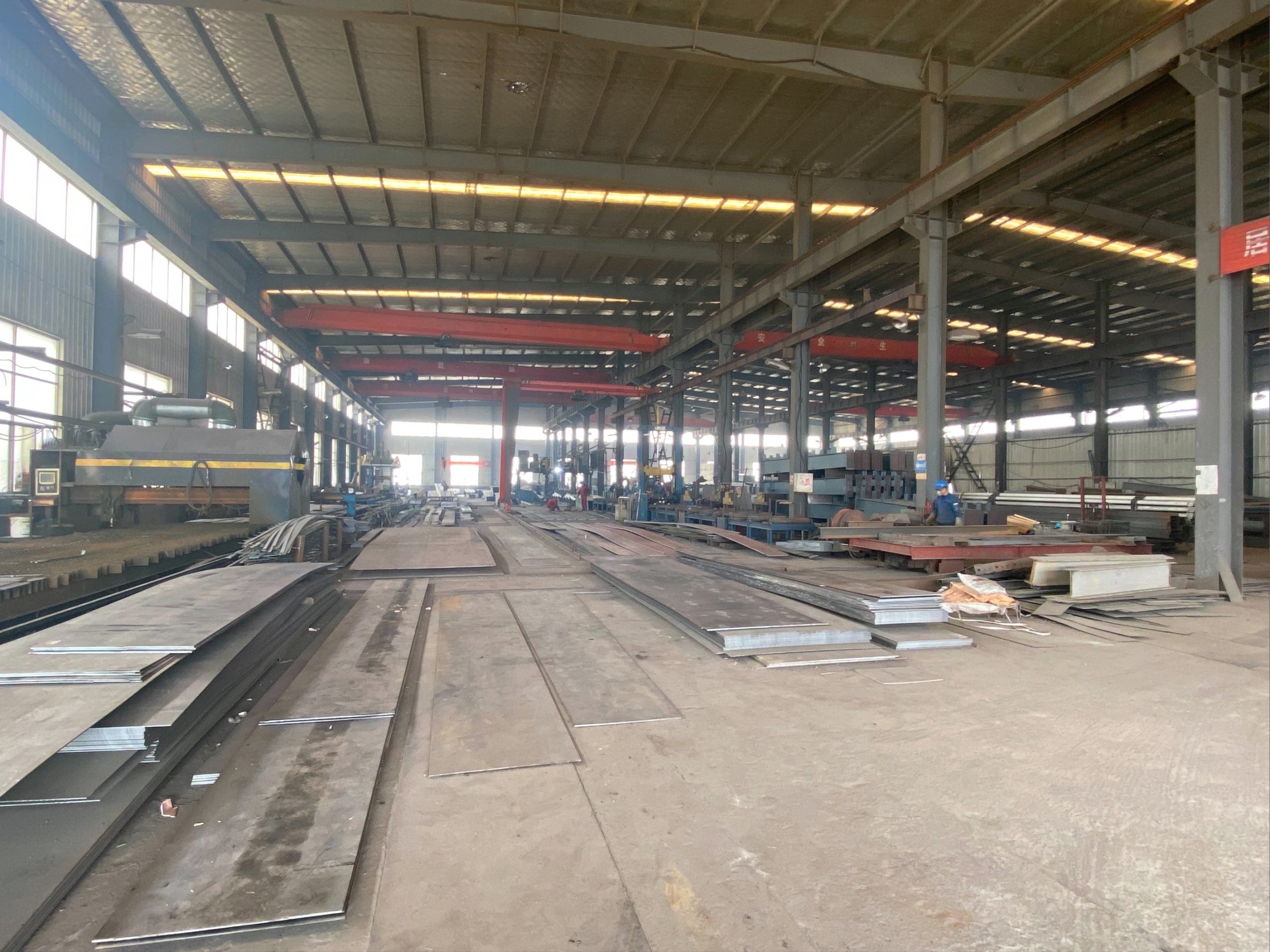
Furthermore, steel bridges and elevated walkways can be equipped with smart technology to enhance their functionality and efficiency. For example, sensors can be installed to monitor foot traffic and adjust lighting levels accordingly, improving safety and energy efficiency. Additionally, these structures can be integrated with digital signage and wayfinding systems to provide real-time information to users, helping them navigate the city more easily.
The use of steel bridges and elevated walkways in smart cities is not limited to pedestrian and cyclist infrastructure. These structures can also be used to support public transportation systems, such as light rail and bus rapid transit. By providing dedicated pathways for buses and trains, steel bridges and elevated walkways help to reduce travel times and improve the overall efficiency of public transportation networks.
Another innovative application of steel bridges and elevated walkways in smart cities is their potential to support green infrastructure initiatives. These structures can be designed to incorporate green roofs, solar panels, and rainwater harvesting systems, helping to reduce the environmental impact of urban development. By integrating sustainable features into steel bridges and elevated walkways, cities can improve air quality, reduce heat island effects, and promote biodiversity in urban areas.
In conclusion, steel bridges and elevated walkways are playing an increasingly important role in smart city infrastructure, providing efficient and sustainable solutions for urban mobility. These structures offer a wide range of benefits, from improving safety and accessibility to enhancing the aesthetic appeal of a city. By incorporating smart technology and green infrastructure initiatives, steel bridges and elevated walkways can help cities achieve their goals of creating more livable, resilient, and sustainable urban environments.

